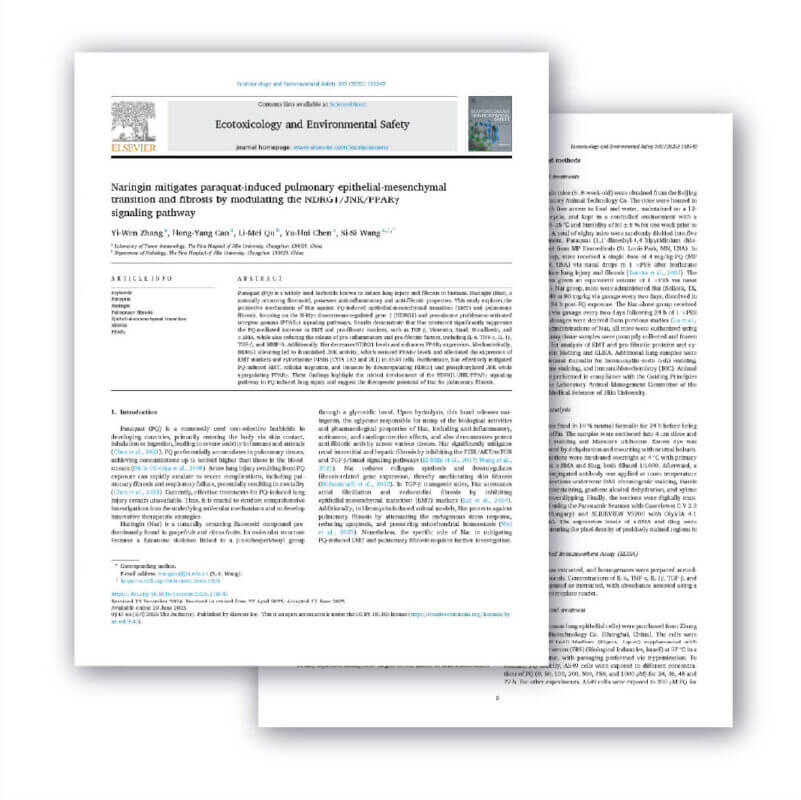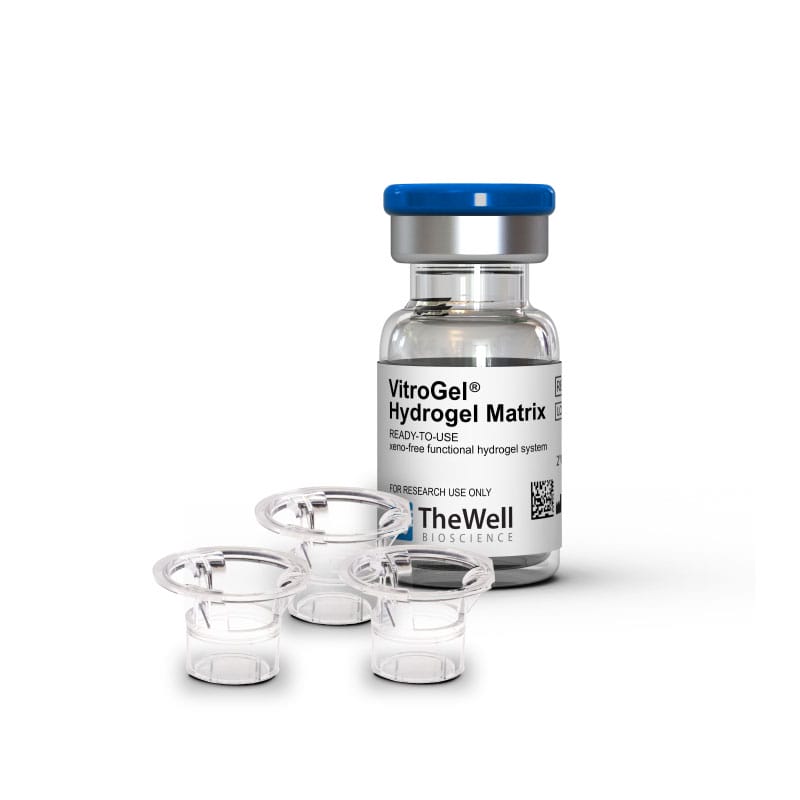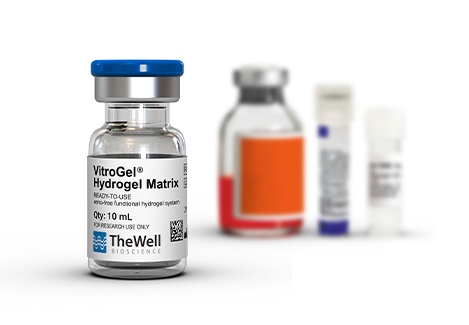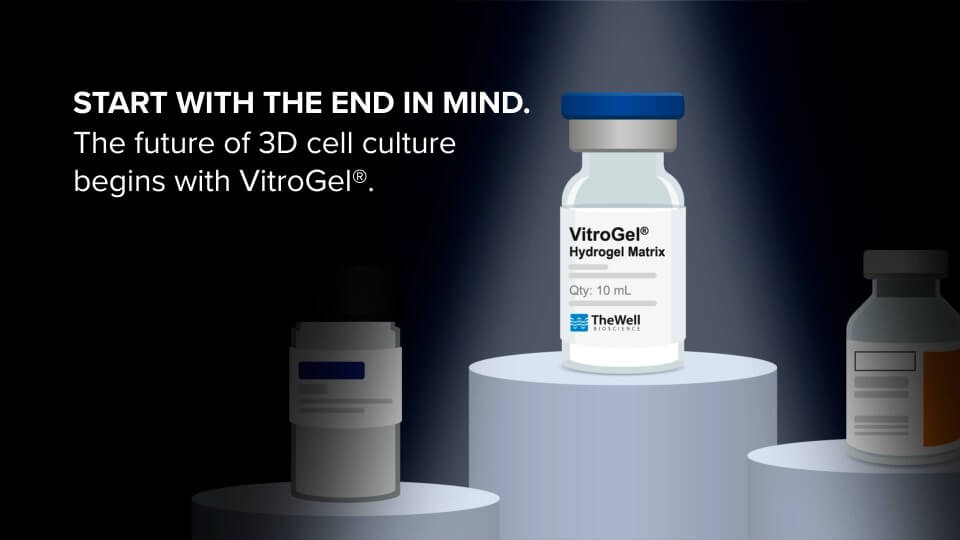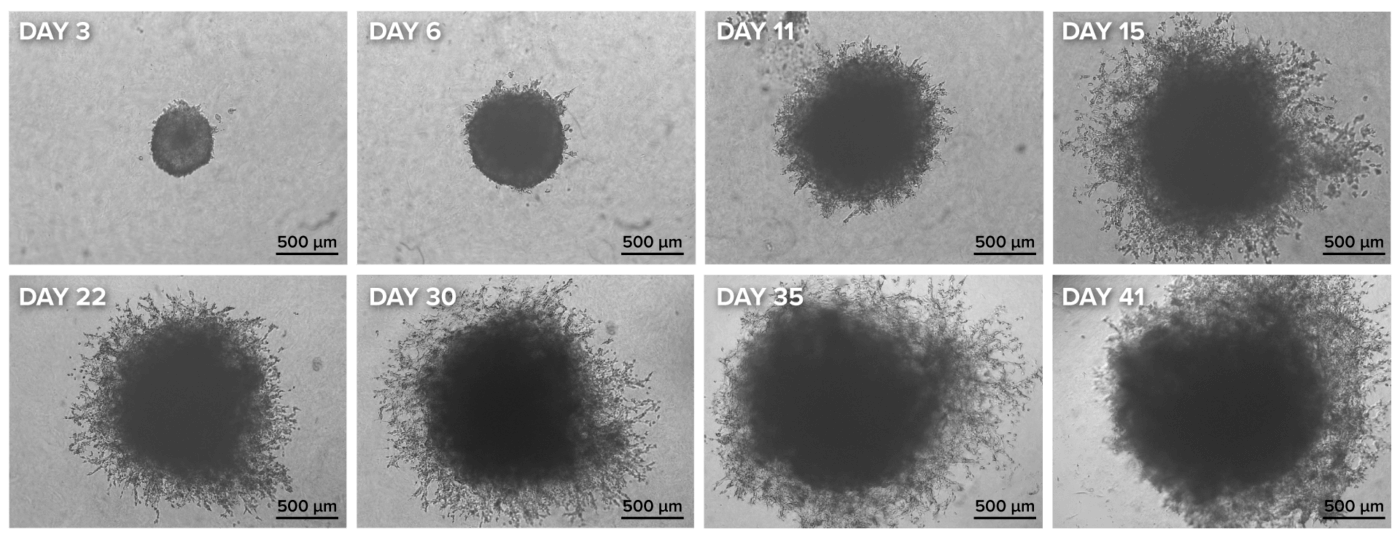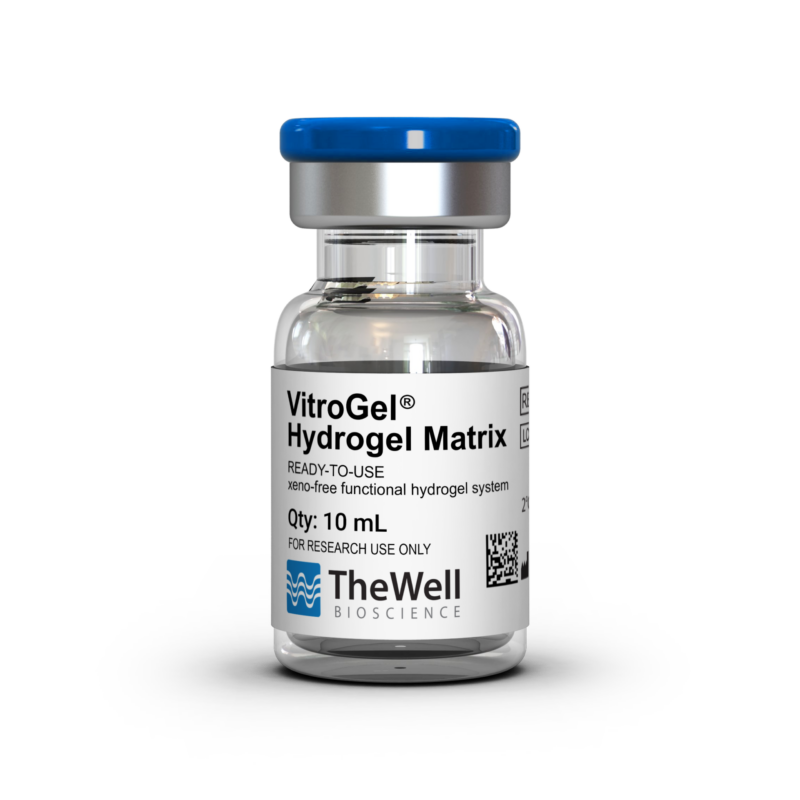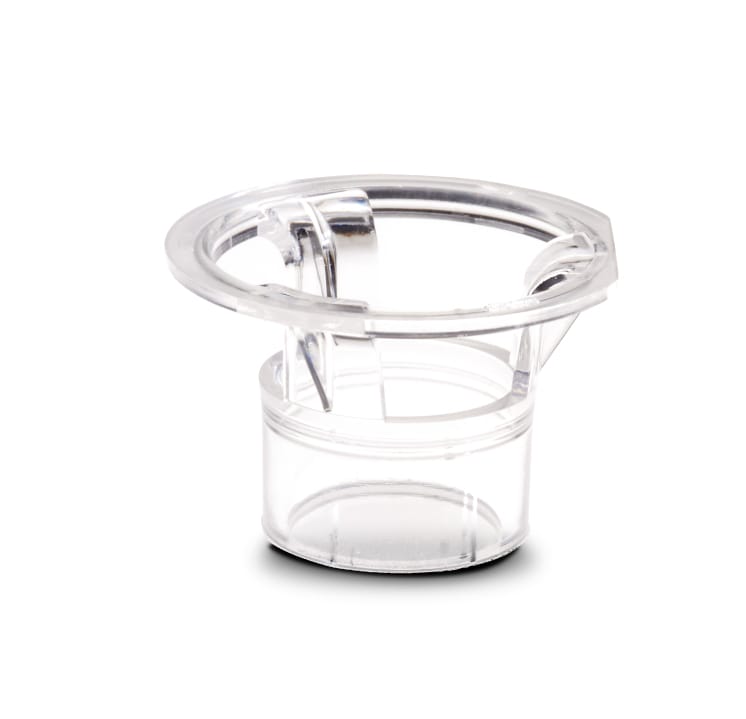Research Highlights
VitroGel® Takes the Fight to Fibrosis – Naringin Halts EMT in Lung Cells

VitroGel® takes the fight to fibrosis—making cell invasion studies faster, clearer, and more reliable.
Category:
3D Models / Invasion/Migration
Subcategory/cell type:
A549
Institution:
The First Hospital of Jilin University, China
Team:
Yi-Wen Zhang, Hong-Yang Cao, Li-Mei Qu,
Yu-Hui Chen, Si-Si Wang
Pulmonary fibrosis, especially when triggered by toxins such as paraquat, is a life-threatening condition driven by inflammation, epithelial-mesenchymal transition (EMT), and invasive cell behavior. To understand and halt this progression, researchers require a physiologically relevant in vitro system that can mimic the extracellular matrix and support accurate migration and invasion studies.
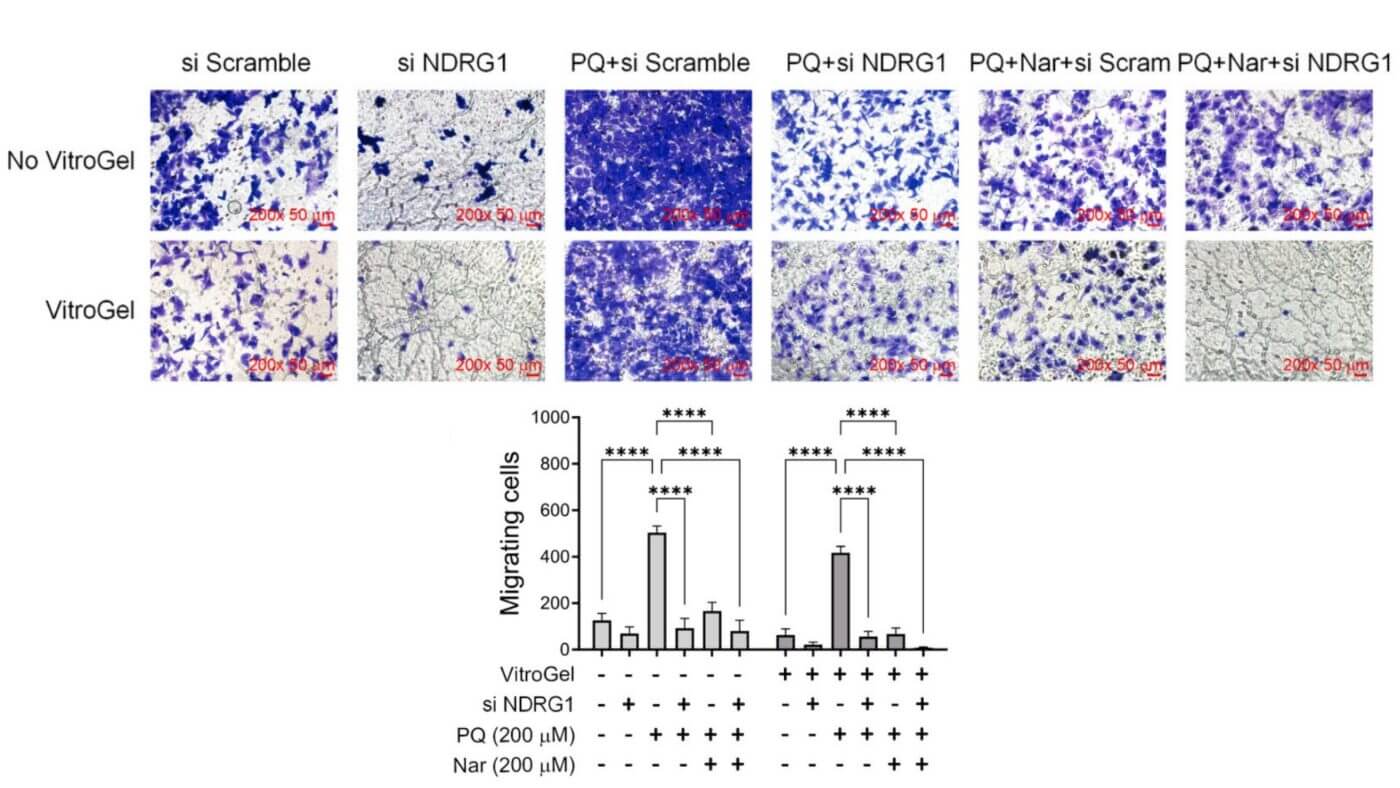
In this study, researchers used VitroGel® Cell Invasion Assay Kit to create a 3D-like ECM environment in vertical invasion assays. This setup allowed them to precisely monitor the impact of naringin, a natural anti-fibrotic flavonoid, on A549 lung epithelial cells under paraquat-induced stress.
With VitroGel® as the invasion barrier, they observed that naringin significantly reduced cell migration and invasion, while also lowering EMT and fibrosis-related markers such as N-cadherin, α-SMA, and TGF-β. It also restored PPARγ expression, a key anti-fibrotic regulator suppressed by paraquat exposure.
These results clearly demonstrate that VitroGel® provided a critical platform to validate the protective effect of naringin, enabling researchers to track cell behavior in a more physiologically relevant setting.
PRODUCT USED:
Discover how VitroGel® can support your cell culture research
Explore our updated resources for a concise overview of VitroGel®’s key features and application areas.
Comparison of VitroGel® vs. Animal-based ECM
Discover the 20+ advantages of VitroGel® over animal-based ECM with this comprehensive comparison on key features, operation, application, and storage conditions.
Learn MoreWhat is VitroGel® | Overview Video
Learn why VitroGel® is the leading animal-free hydrogel for 3D cell culture.
Learn MoreVitroGel® for Invasion / Migration Studies
Learn how VitroGel® provides easy and consistent cell invasion studies compared to animal-based ECMs.
Learn More
